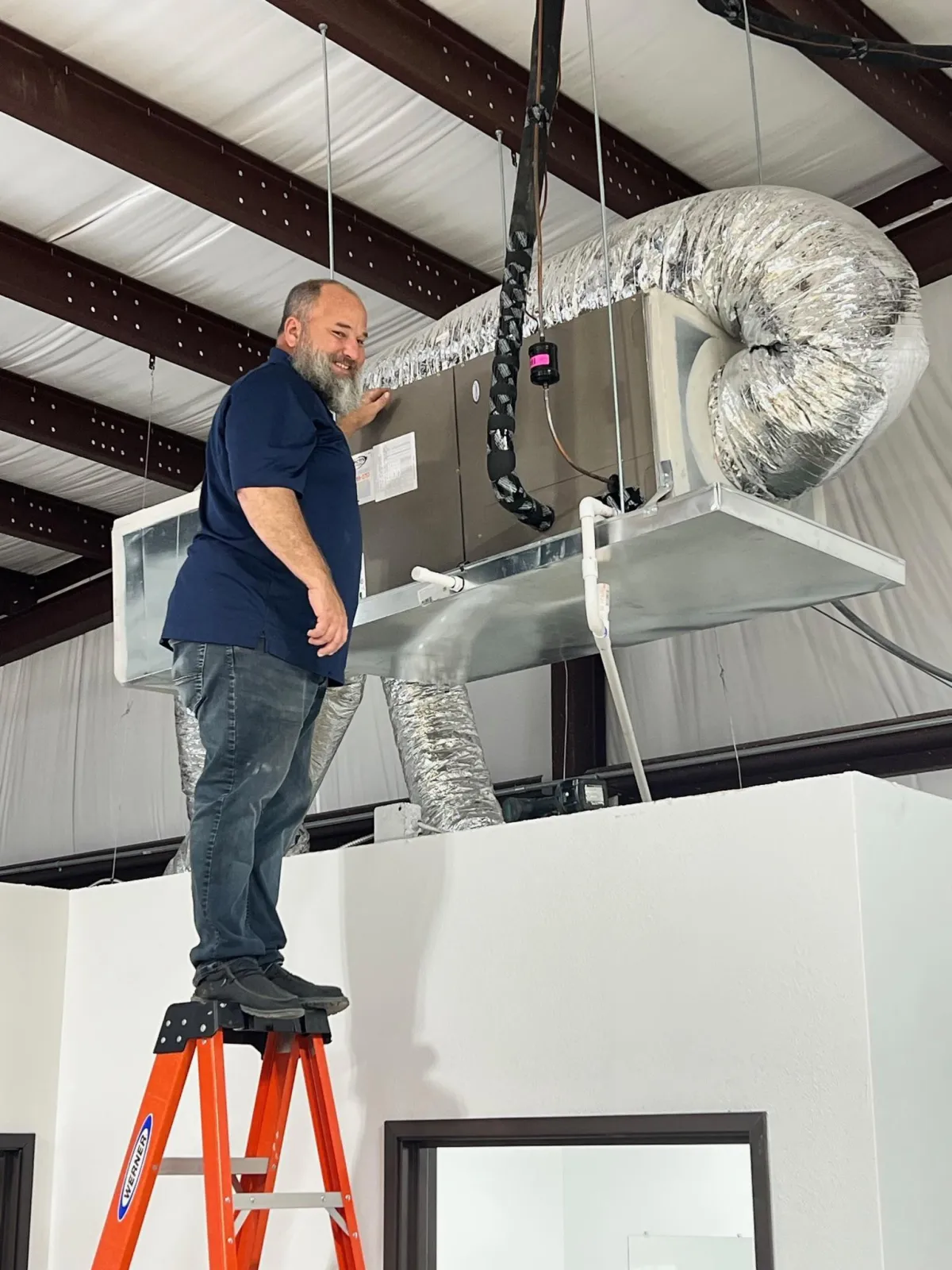
How to Improve Indoor Air Quality in Your Home
How to Improve Indoor Air Quality in Your Home
Improving indoor air quality is not just a matter of comfort—it's a vital aspect of maintaining a healthy living environment. With most individuals spending a significant amount of time indoors, the air within our homes can have a profound impact on our health, productivity, and overall well-being. In this comprehensive guide, we will delve into HVAC-based solutions and simple daily habits that can help you ensure the air in your home is clean and conducive to good health.
Understanding Indoor Air Quality and Its Importance
Indoor air quality (IAQ) refers to the air quality within and around buildings and structures, especially as it relates to the health and comfort of building occupants. Poor indoor air quality has been linked to a host of health issues, including respiratory problems, headaches, fatigue, and allergies. It can even exacerbate conditions such as asthma and other chronic respiratory diseases.
The Role of HVAC Systems in Indoor Air Quality
HVAC systems play a crucial role in maintaining indoor air quality. They are not only responsible for regulating temperature but also for circulating and filtering the air within your home. An HVAC system that is well-maintained and functioning efficiently can significantly reduce the presence of dust, allergens, and pollutants.
1. Regular Maintenance and Filter Replacement
One of the simplest yet most effective ways to improve your indoor air quality is to keep your HVAC system in top shape. This includes scheduling regular maintenance checks and replacing filters as recommended by the manufacturer. Dirty or clogged filters can drastically reduce the efficiency of your system and allow harmful particles to circulate in your home.
2. Upgrade to HEPA Filters
Consider upgrading your standard filters to High-Efficiency Particulate Air (HEPA) filters. HEPA filters are designed to capture a greater number of particles, including many of the common allergens found in homes. These filters can trap particles as small as 0.3 microns with 99.97% efficiency, making them an excellent investment for those particularly concerned with air quality.
3. Install Air Purifiers and Cleaners
Adding air purifiers and cleaners to your HVAC system can further enhance your home's air quality. These devices work by sanitizing the air, neutralizing odors, and reducing airborne contaminants. Look for purifiers with activated carbon filters to eliminate common household odors and chemical vapors.
4. Ensure Proper Ventilation
Proper ventilation is key to preventing the buildup of stale air and pollutants. Make sure your HVAC system includes a well-designed ventilation component that introduces fresh outdoor air and expels indoor pollutants. In bathrooms and kitchens, exhaust fans can help remove excess moisture and odors, further improving indoor air quality.
5. Control Humidity Levels
High humidity levels can lead to the growth of mold and mildew, which are detrimental to indoor air quality. Your HVAC system should help maintain humidity levels between 30% and 50%. If necessary, use dehumidifiers to keep moisture levels in check, especially in areas prone to dampness like basements.
Simple Habits to Improve Indoor Air Quality
In addition to leveraging your HVAC system, there are several habits you can adopt to improve the air quality in your home:
1. Keep Your Home Clean
Regular cleaning is essential to reduce dust and allergens. Vacuum carpets and rugs at least once a week with a vacuum cleaner equipped with a HEPA filter. Dust surfaces with a damp cloth to avoid dispersing particles into the air, and wash bedding and curtains frequently to eliminate dust mites.
2. Minimize Chemical Pollutants
Be mindful of the household products you use. Many cleaning agents, air fresheners, and paints release volatile organic compounds (VOCs) that can negatively affect indoor air quality. Opt for natural or low-VOC products whenever possible, and always follow the manufacturer's instructions for proper use and ventilation.
3. Introduce Indoor Plants
Certain indoor plants have been shown to help purify the air by absorbing toxins and emitting oxygen. While they should not be relied upon as the sole solution for improving air quality, adding a few indoor plants can be a natural and aesthetically pleasing way to complement your efforts.
4. Avoid Indoor Smoking
Tobacco smoke contains a multitude of pollutants that can linger in the air and on surfaces. The best way to protect the air quality in your home is to avoid smoking indoors altogether.
5. Be Proactive During Allergy Season
For those who suffer from seasonal allergies, taking extra precautions during high pollen times is crucial. Keep windows closed and rely on your HVAC system to filter the air. Regularly clean surfaces and keep outdoor footwear by the door to avoid tracking allergens throughout your home.
Conclusion
Clean air is not a luxury—it's a necessity for a healthy home. By understanding the importance of indoor air quality and implementing the HVAC-based solutions and daily habits outlined in this guide, you can significantly reduce dust, allergens, and pollutants in your living space. Remember, maintaining your HVAC system, being mindful of your daily activities, and making informed choices about the products you bring into your home are all key to breathing easier and living healthier.